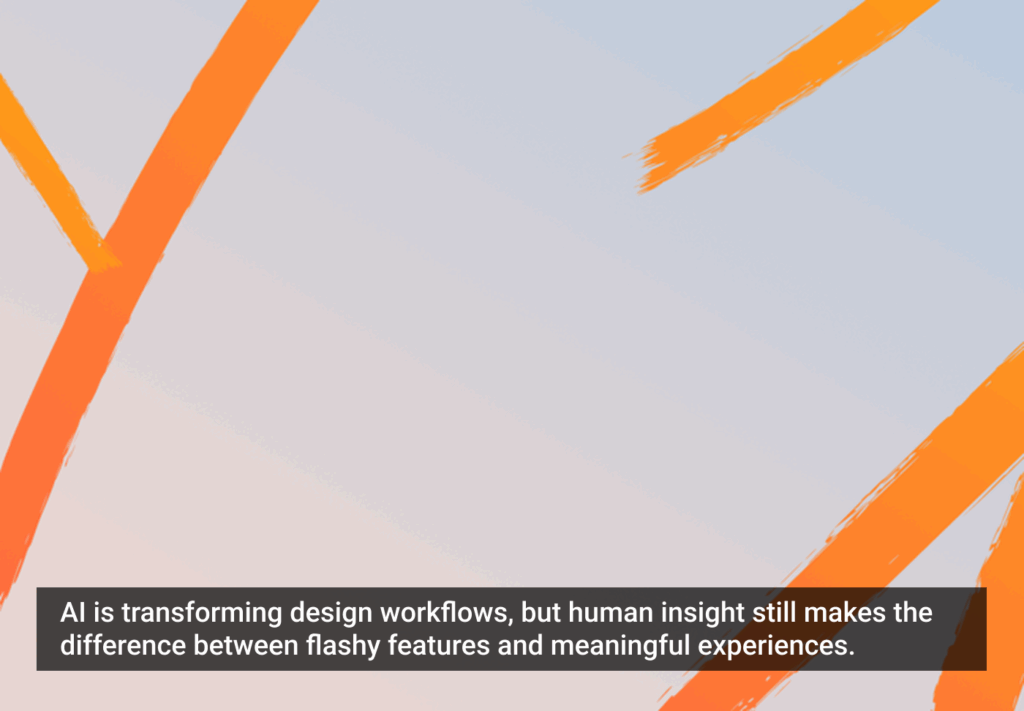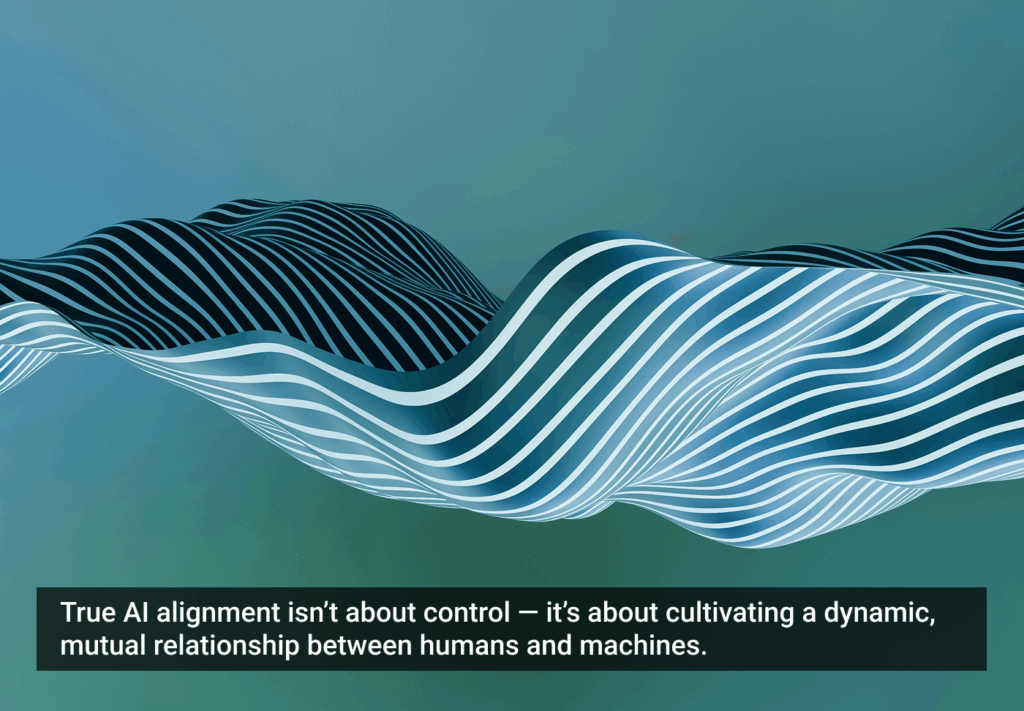- AI in UX, Artificial Intelligence, Design Tools and Software, Design Trends, Design Workflow, Human-AI Collaboration, Product Design, UX Design, UX Strategy
How is AI really changing the way designers work, and what still depends on human skill? This honest take cuts through the hype to show where AI helps, where it falls short, and what great design still demands.
Article by Oleh Osadchyi
The Real Impact of AI on Designers’ Day-To-Day and Interfaces: What Still Matters
- The article explores how AI is reshaping designers’ workflows, offering speed and support across research, implementation, and testing.
- It argues that while AI is useful, it lacks depth and context — making human judgment, critical thinking, and user insight indispensable.
- It emphasizes that core design principles remain unchanged, and designers must learn to integrate AI without losing their craft.
Share:The Real Impact of AI on Designers’ Day-To-Day and Interfaces: What Still Matters
Share this link
- July 31, 2025
9 min read







